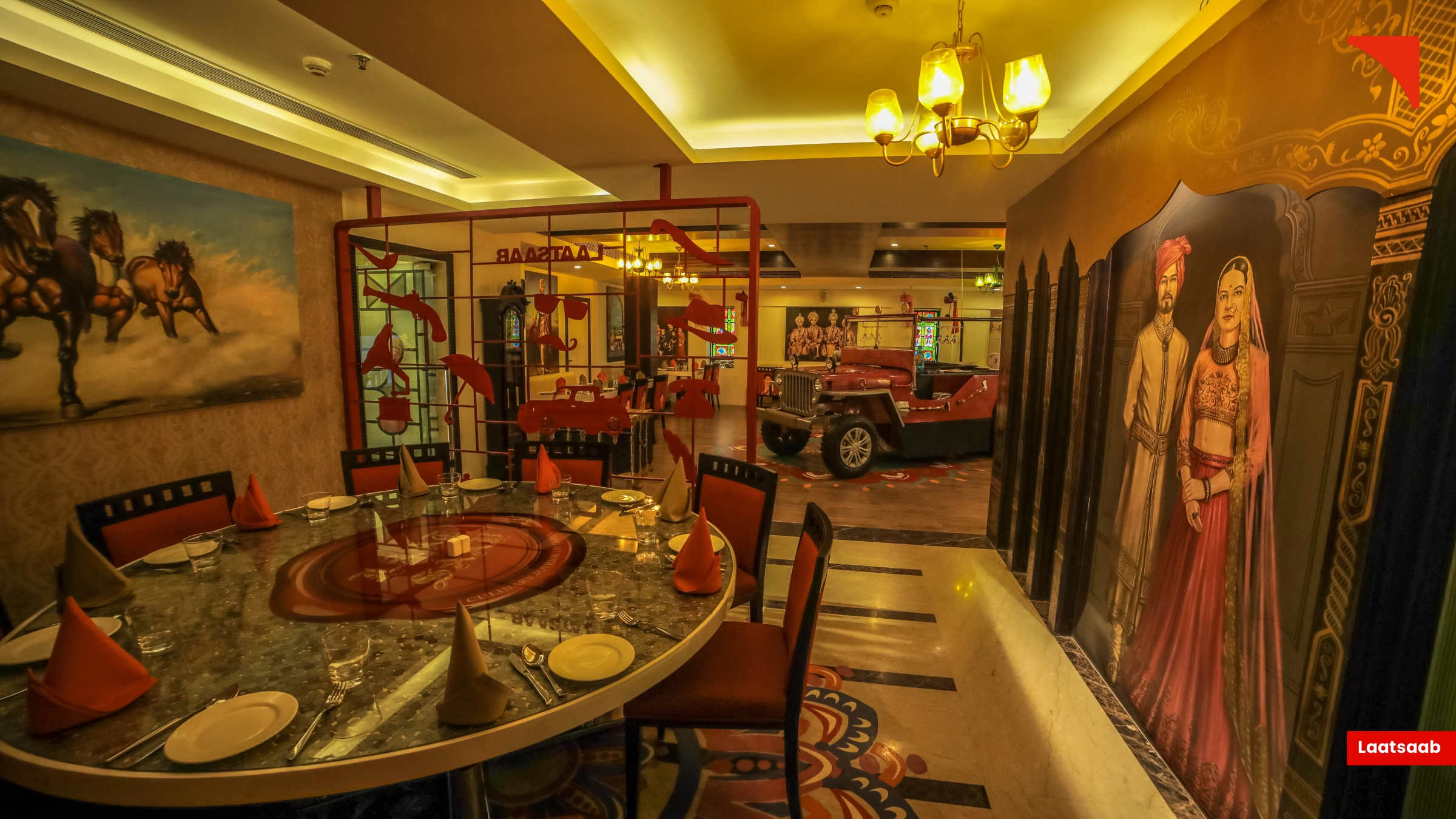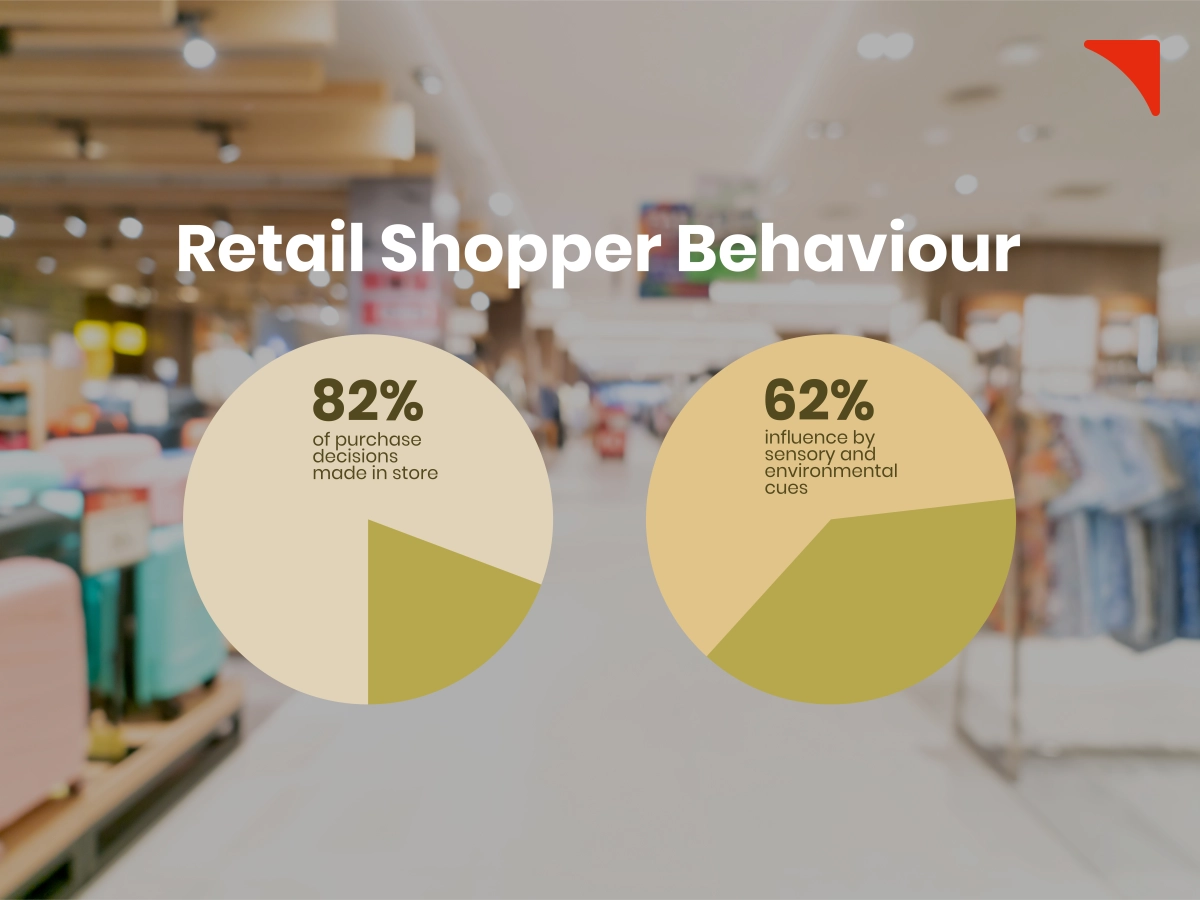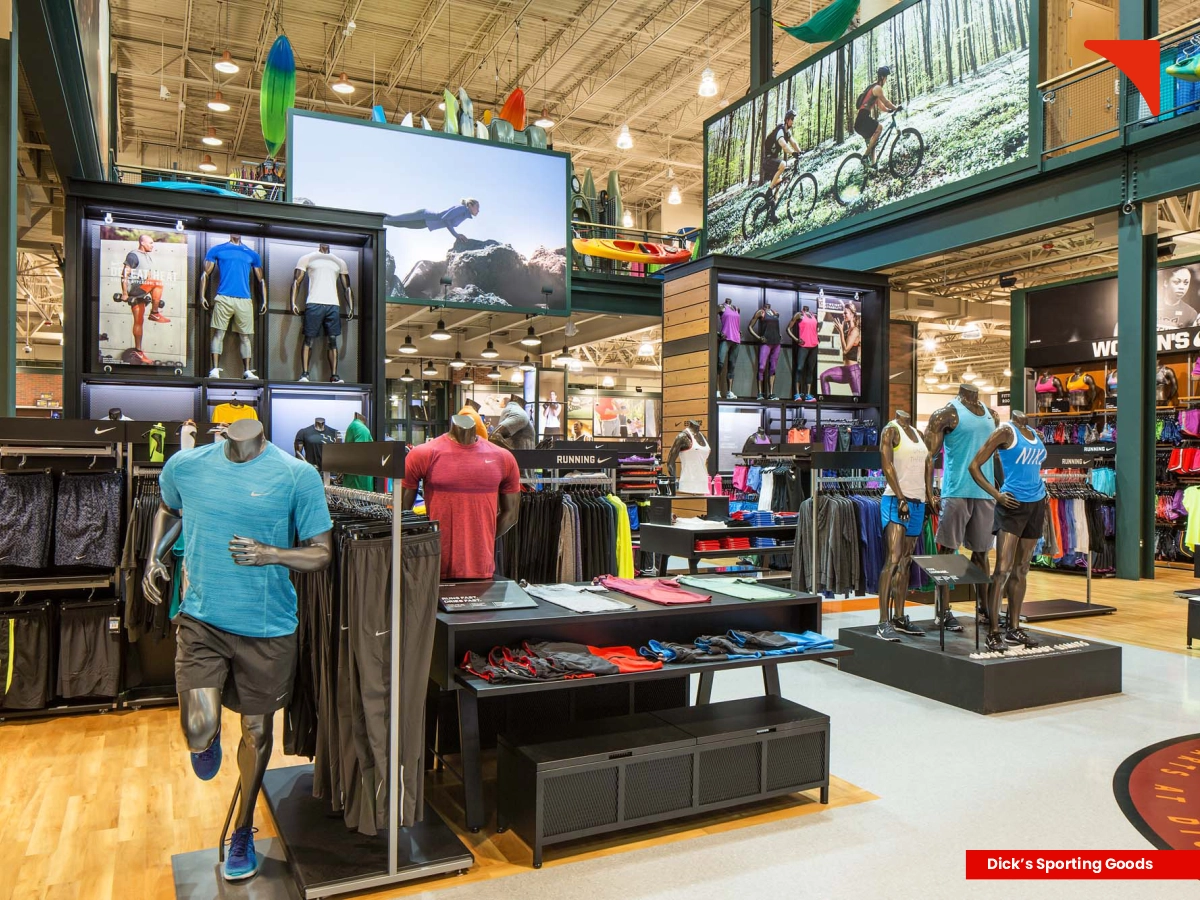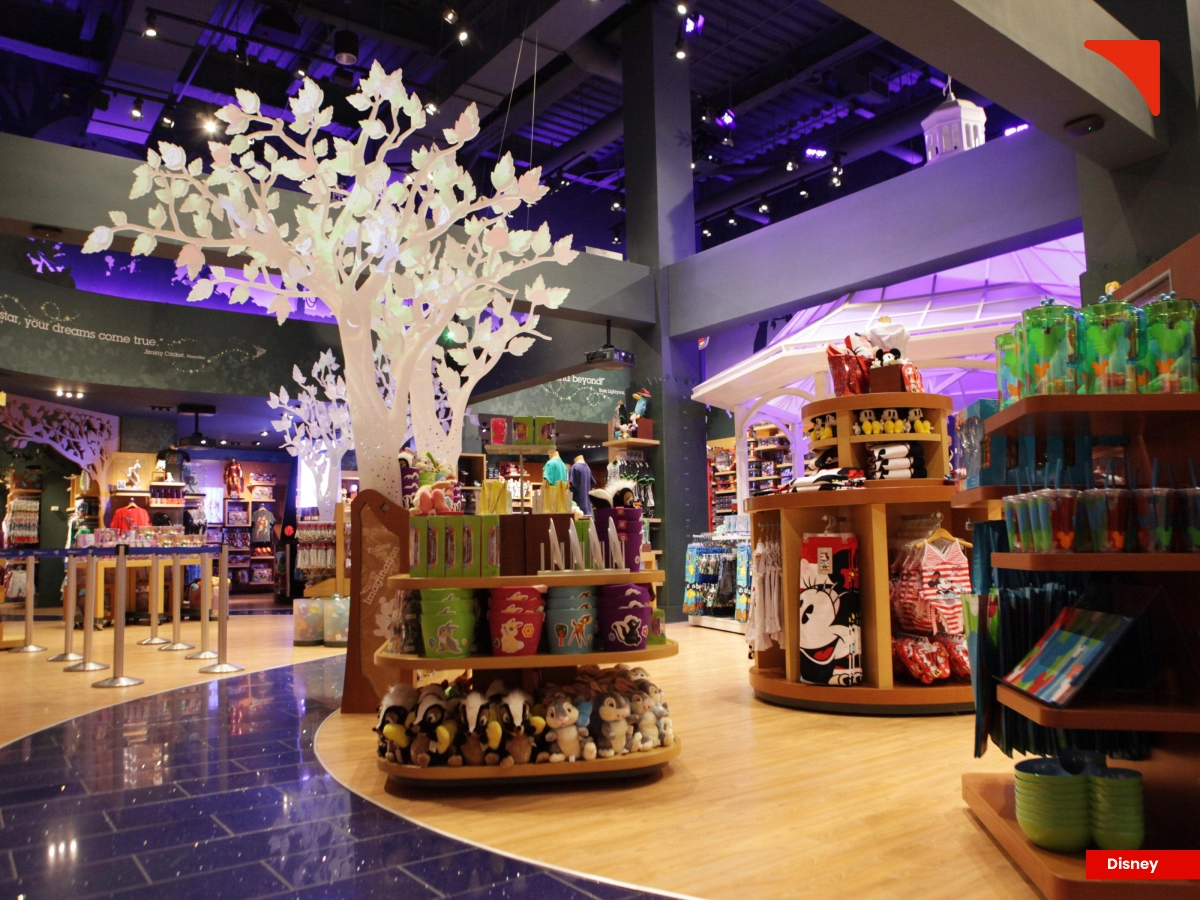THE POWER OF STORYTELLING: WHY IT’S THE FUTURE OF STORE BRANDING

In a marketplace crowded with choices, simply offering good products isn’t enough. What distinguishes top retailers is the way they tell stories—through every touchpoint in the store. Retail interior branding goes beyond signage; it's about creating an immersive environment that communicates values, builds trust, and ultimately shapes behaviour.
Why Storytelling Matters In Retail Store Branding

Various studies have shown that most purchase decisions are made in-store.
According to a study of over 3,000 shoppers by Forbes, it was found that 82% of their purchase decisions were made while physically in a retail space, and 62% said sensory and environmental cues heavily influenced what they bought. These statistics are more than enough to justify why investing in retail storytelling by implementing suitable shop layout, ambient lighting, pleasing sounds, and calming scents is completely worth it.
Also, according to Exploding Topics, the retail branding statistics for 2025 clearly point out that around 81% of consumers need to trust a brand before considering a purchase. When customers walk into a store, each and every retail element, including displays, signage, products, etc., can reinforce that trust. In this scenario, telling a coherent story across all facets of branding makes it easier for retail brands to build trust.
Components of Great Storytelling in Retail Space

To tell a story effectively within a retail store, the below mentioned components are extremely essential:
1. Clarity about the brand’s core narrative: Who is the hero of your story? At maximum times, it’s the customer. What problem are you helping them solve? What values do you embody? For example, outdoor gear stores often weave tales of adventure, durability, and closeness to nature. Dick’s Sporting Goods, for instance, uses props like shale rock, birch logs, etc., in order to evoke a rough, outdoor storyline.
2. Consistency of sensory cues: It is an undeniable fact that the visual appeal of a store is crucial. In fact, studies have shown that more than 55% of brand first impressions are visual. Hence, it is crucial for brands to align all their retail store branding elements, including color, typography, materials, and lighting. In addition, they should also maintain consistency in the type of music played, the scent infused, and other implemented sensory elements.
3. Employee behaviour as part of the story: Staff aren’t just sales agents—they’re actors in your brand narrative. Their dress, manner, how they speak, and what values they convey must align. Lululemon, for example, positions its staff as community guides, encouraging healthy living and connection. Because after all, it is not just about selling yoga pants but about building a community hub.
4. Engaging in-store media and interactive elements: In-shop audio, digital displays, signage, and props significantly contribute to storytelling. According to a survey by Vibenomics, it was found that 74% shoppers said that in-store audio was clear and noticeable, 71% said it informed them about promotions or sales, and 60% found it creative or unique. Also, results from the same survey highlighted that after hearing audio ads, 76% of shoppers located the item in the store, and 73% purchased that or a similar product.
5. Authenticity and narrative depth: Good brand stories aren’t superficial. They draw on heritage, values, mission, or even small local stories. Research in brand management shows that consumers exposed to firm-originated stories perceive brands more positively and are willing to pay more. Without authenticity, stories ring hollow.
The Disney Store (and better yet, Disney theme parks) are classic examples of set design, staging, immersive props, soundscapes, and staff presentation all combining to tell a magical story. Customers literally walk into a different world.
According to various predictions, it is expected that in the next five years, retailers who integrate storytelling into their store design (spatial storytelling, interactive media, employee training) will outperform peers by as much as 15-30% in brand loyalty metrics and repeat purchase rates. This will be particularly true among younger consumers who expect brand purpose and experience alongside product quality.
How to Build a Compelling Store Branding Story

Mentioned below are some of the most effective steps that brands can consider to strengthen their in-shop branding game through immersive storytelling.
- Discover your story: Dig into your brand’s origins, customer needs, values, and differentiators. Try to highlight all the aspects that make your brand unique.
- Map the customer journey: Understand all touchpoints—from when someone sees your shopfront, enters the store, interacts with staff, chooses a product, and checks out. Find out where narrative cues can be inserted.
- Design the environment: Each and every retail branding element, including the store layout, lighting, materials, scent, and sound, should support the story. Utilize visual merchandising tactics (props, lifestyle imagery) to show how products fit into customers’ lives.
- Train the team: As already mentioned in one of the above paragraphs, the store staff needs to be aligned with the story—what to say, how to say it, and how to behave. Their interactions are powerful story moments that shape customer’s perception about the brand and foster trust.
- Incorporate technology and media: Digital signage, audio, interactive displays, QR codes, etc., contribute to deeper story layers.
- Test and iterate: Use shopper feedback, sales data, and observation. Which displays draw attention? Which audio messages lead to action? Find out what all retail branding elements are working well and what needs to be improved.
Final Thoughts
The art of storytelling through in-shop branding is not just about aesthetics. Instead, it shifts behaviour, builds trust, and creates memorable customer experiences. When done well, interior branding becomes a silent salesperson, shaping perceptions before a word is spoken. As retail gets more competitive, those brands that tell a consistent, authentic, immersive story will likely gain the edge. Because storytelling is not optional—it’s essential in modern retail.